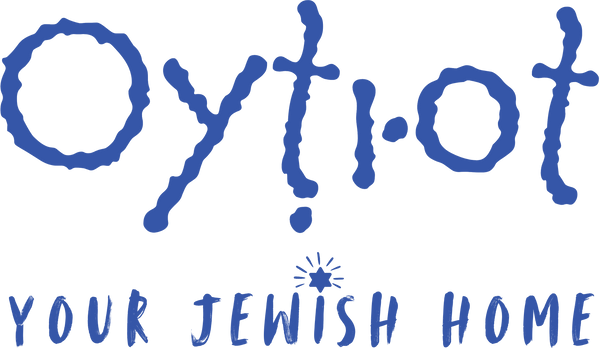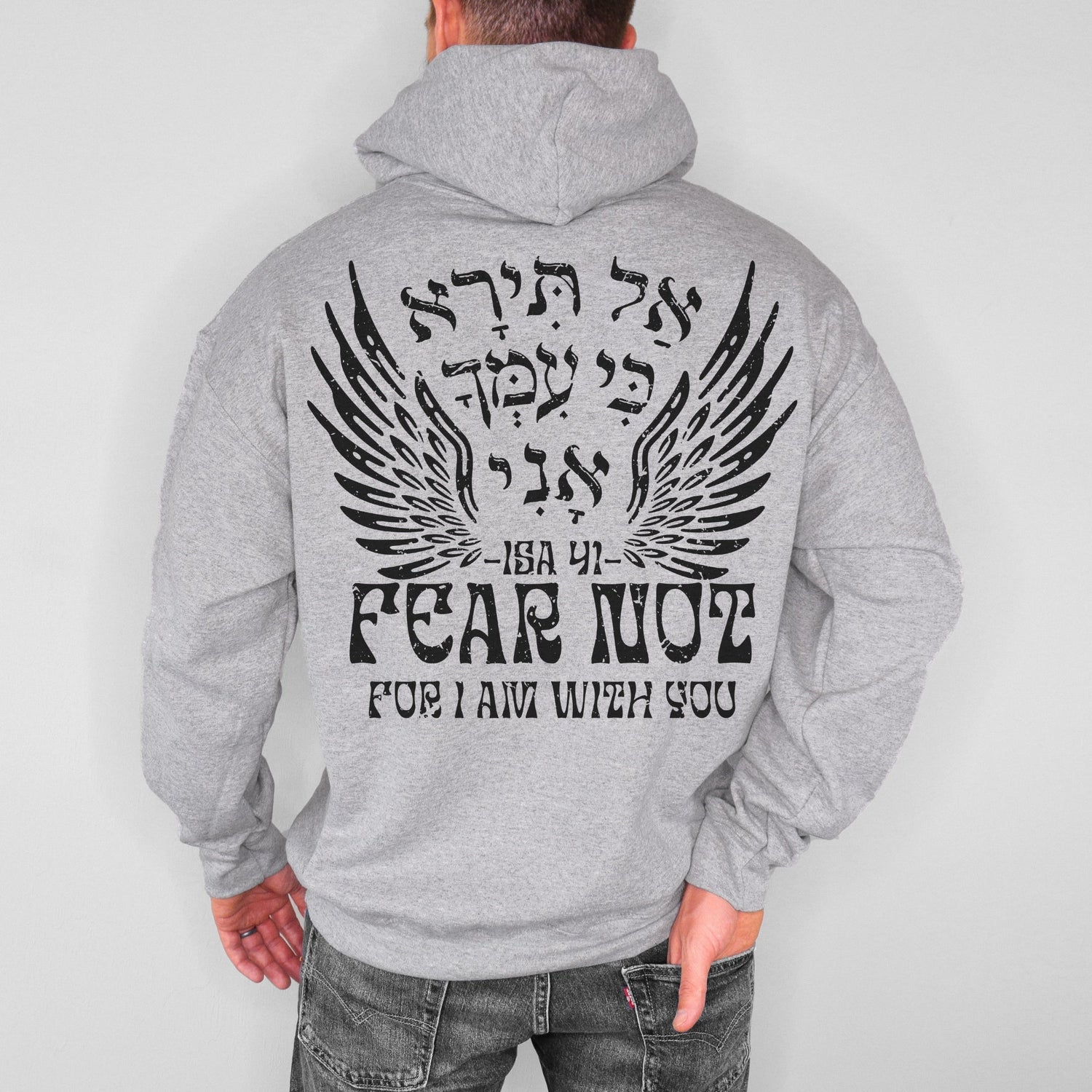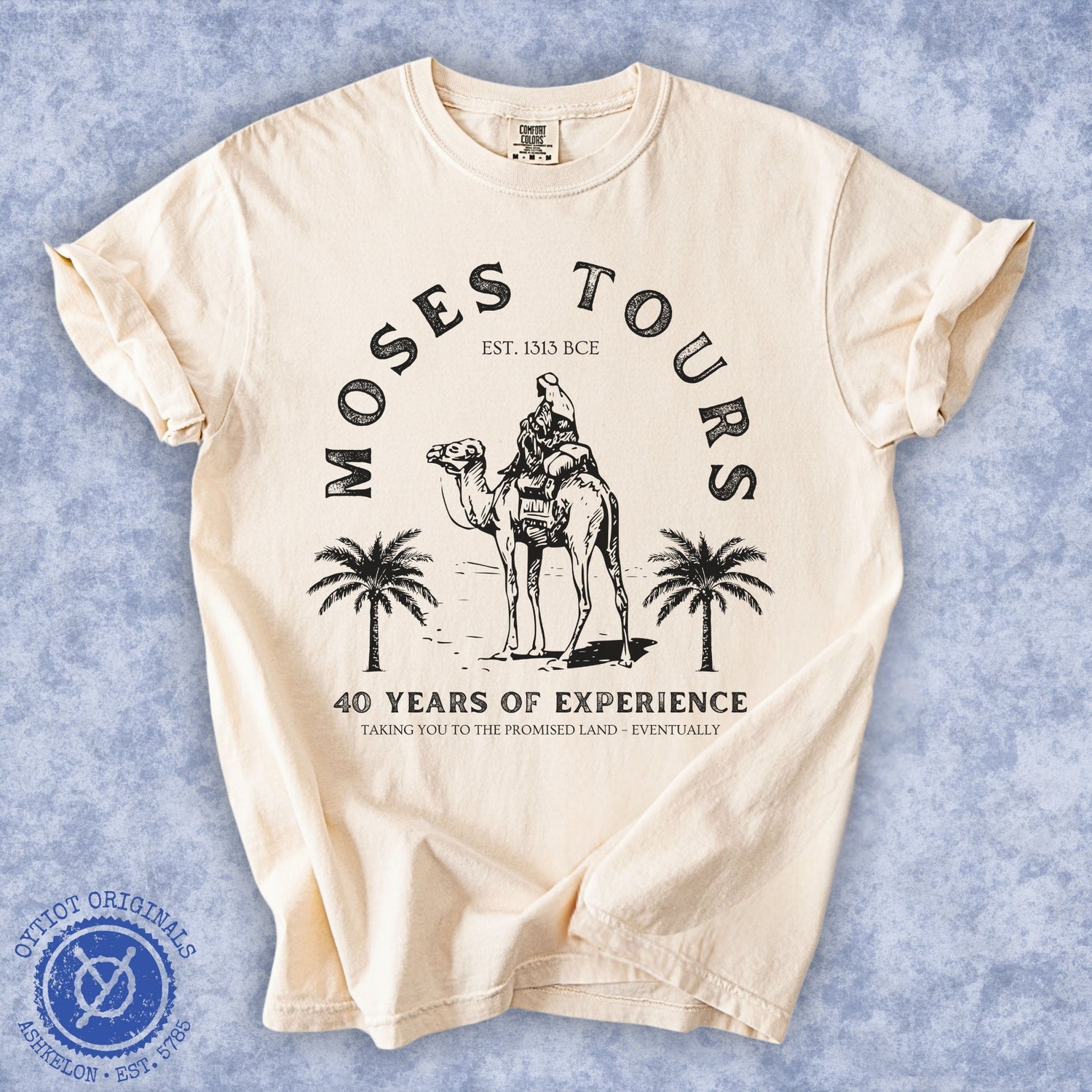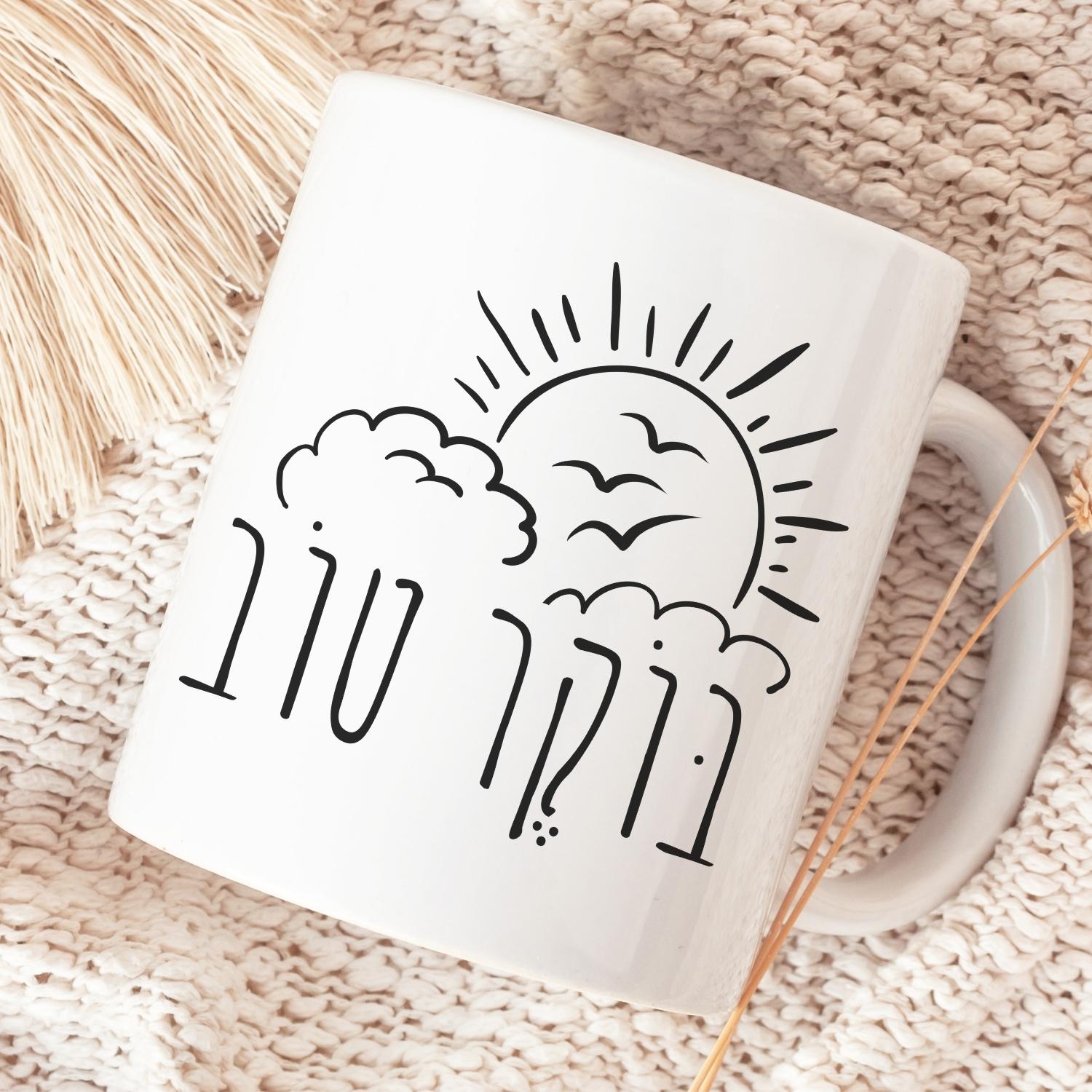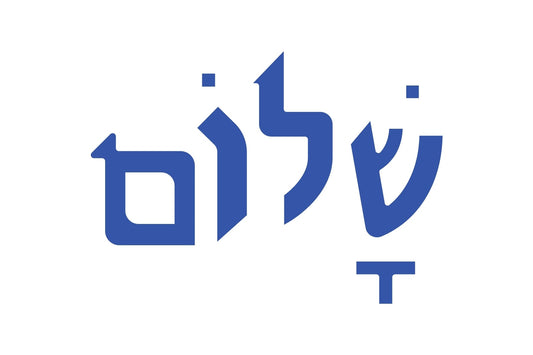
The Three Pilgrimage Festivals
The Three Pilgrimage Festivals: Passover, Sukkot, and Shavuot
The Jewish calendar is rich with holidays that reflect both ancient traditions and modern interpretations of faith and celebration. Among these, the Three Pilgrimage Festivals—Passover (Pesach), Sukkot, and Shavuot—hold a special place. Rooted in biblical times, these festivals are closely tied to both agricultural cycles and key moments in the history of the Jewish people. In ancient times, Jews would travel to the Temple in Jerusalem to bring offerings during these holidays, which is why they are referred to as pilgrimage festivals. Today, while the Temple no longer stands, the spirit of these festivals remains central to Jewish culture and faith.
Let's explore the origins, history, and modern celebrations of each of these significant festivals.
Passover: Freedom and Redemption
Passover, or Pesach, is perhaps the most widely known of the three festivals. It commemorates the Israelites' liberation from slavery in Egypt, an event that is recounted in the book of Exodus. According to Jewish tradition, after years of enslavement, the Israelites were freed by God under the leadership of Moses. The festival begins with the Seder, a ritual meal that includes the retelling of the Exodus story, the eating of symbolic foods, and the recitation of prayers and songs of thanksgiving.
The name "Passover" refers to the tenth plague that God brought upon Egypt, where the Angel of Death "passed over" the homes of the Israelites, sparing their firstborns. This miraculous event paved the way for their escape from Egypt and their journey to freedom.
Today, Passover is celebrated for seven or eight days, depending on one's community, and includes the removal of leavened bread (chametz) from the home, as it symbolizes the haste in which the Israelites fled Egypt. The highlight of the celebration is the Seder, where family and friends gather to read from the Haggadah, eat matzah, and reflect on the themes of freedom and redemption.
Sukkot: A Time of Joy and Gratitude
Following Yom Kippur, the most solemn day in the Jewish calendar, comes Sukkot, also known as the Feast of Tabernacles. Sukkot is a seven-day festival that celebrates the Israelites' time in the wilderness, during which they lived in temporary shelters or sukkot (booths) after their escape from Egypt. This festival also coincides with the fall harvest, making it a time of thanksgiving for the bounty of the land.
Historically, Sukkot was one of the three times a year when ancient Israelites would make a pilgrimage to the Temple in Jerusalem. They would bring offerings of their harvest as a way of expressing gratitude for the blessings of the year.
Today, Sukkot is celebrated by building a sukkah, a temporary structure covered with natural materials like palm branches, where families eat their meals and sometimes even sleep. The festival is marked by waving the Four Species—the lulav (palm branch), etrog (citron), hadas (myrtle), and aravah (willow)—which are symbols of the harvest and unity. It's a time of joy, community, and reflecting on the fragility of life.
Shavuot: Receiving the Torah
Shavuot, also known as the Feast of Weeks, takes place seven weeks after Passover. It marks the culmination of the Israelites’ journey from slavery to becoming a free people with their own laws, as it commemorates the giving of the Torah at Mount Sinai. The name "Shavuot" means "weeks" and refers to the counting of seven weeks, or 49 days, between Passover and Shavuot, a period also known as the Omer.
Historically, Shavuot was a major agricultural festival that celebrated the end of the grain harvest. It was one of the three times a year when Jews would bring the first fruits of their harvest to the Temple in Jerusalem as an offering.
Today, Shavuot is celebrated by staying up all night to study Torah, a tradition known as Tikkun Leil Shavuot. It is also customary to eat dairy foods, symbolizing the "milk and honey" of the Promised Land. This festival is a time to reflect on the centrality of the Torah in Jewish life and to celebrate the gift of Jewish learning.
How the Three Festivals Are Celebrated Today
In modern times, while the practice of making pilgrimages to the Temple has long since ceased, the Three Pilgrimage Festivals are still celebrated with deep spiritual significance. Families gather to observe the holidays with festive meals, communal prayers, and rituals that connect them to their Jewish heritage. These festivals are not only a time to reflect on the past but also a chance to renew one's connection to faith, community, and the rhythms of nature.
- Passover continues to be a time of reflection on freedom and gratitude, with the Seder being one of the most widely observed Jewish traditions.
- Sukkot brings families outdoors to dwell in the sukkah, fostering a sense of togetherness and appreciation for the natural world.
- Shavuot remains a time of Torah study, symbolizing the deep connection between the Jewish people and their sacred texts, dating back to Genesis and the gift of the Torah at Mount Sinai.
These festivals, with their mix of historical, agricultural, and spiritual themes, play a crucial role in preserving Jewish culture and traditions.
Special Holiday Gifts from Oytiot
At Oytiot, we celebrate the beauty and meaning of these festivals through our unique collection of Jewish holiday gifts. From items that feature Hebrew phrases celebrating the Sabbath, to designs inspired by Sukkot, Passover, and Shavuot, our products are perfect for adding a touch of spirituality and tradition to your home or gifting to loved ones.
Explore our specially designed Rosh Hashanah and Sukkot collections, featuring Hebrew designs that bring the spirit of these holidays to life. Whether you’re looking for wall art, mugs, or apparel, our items offer a modern twist on ancient traditions, allowing you to connect with the history and meaning of the Feast of Weeks, Passover, and Sukkot in a fresh and creative way.
Celebrate the holidays with us, and bring a little bit of ancient wisdom and modern artistry into your home.
